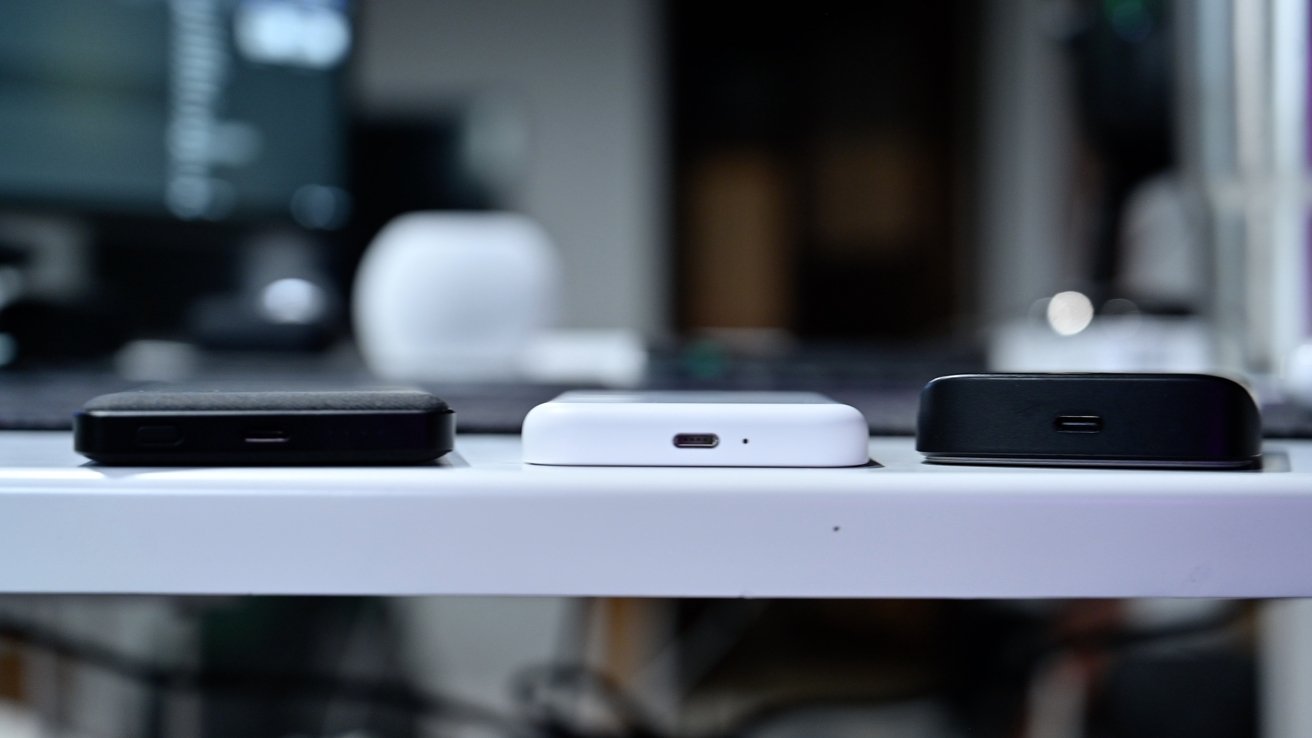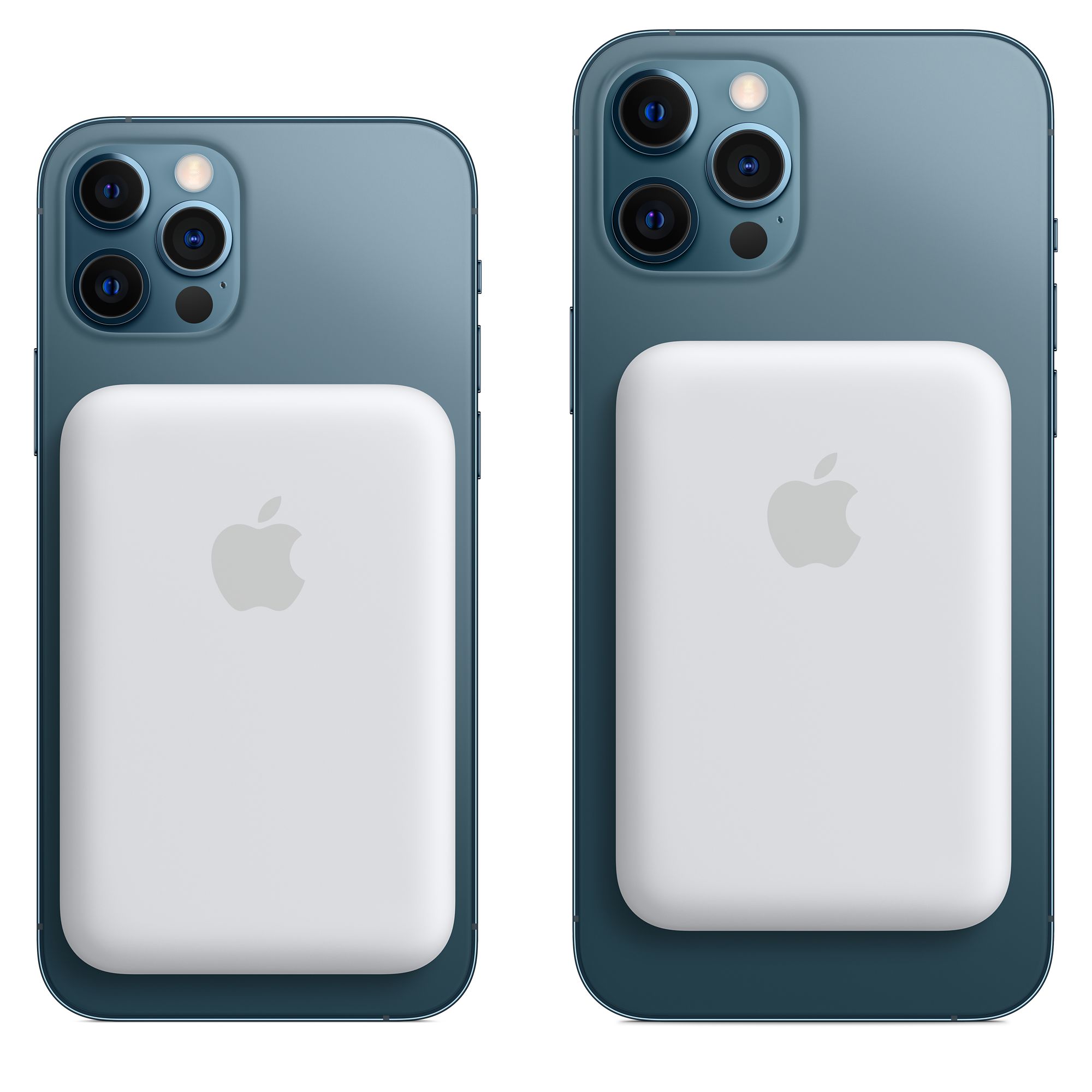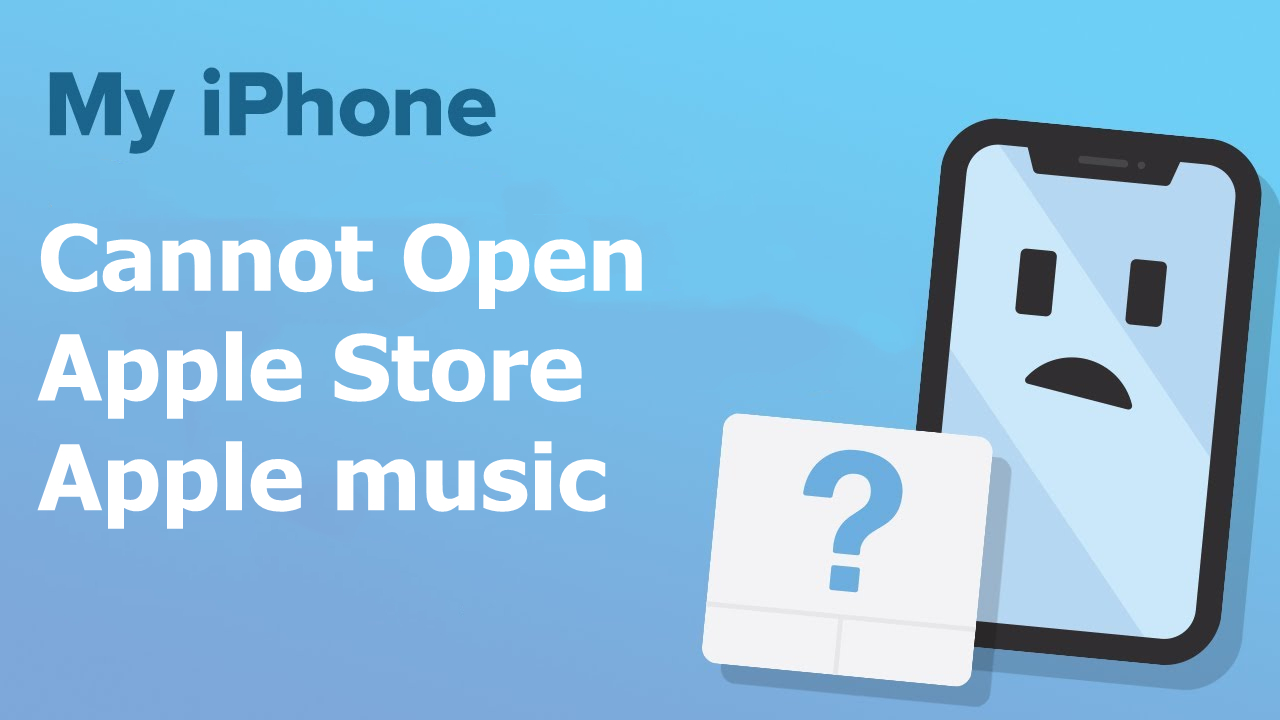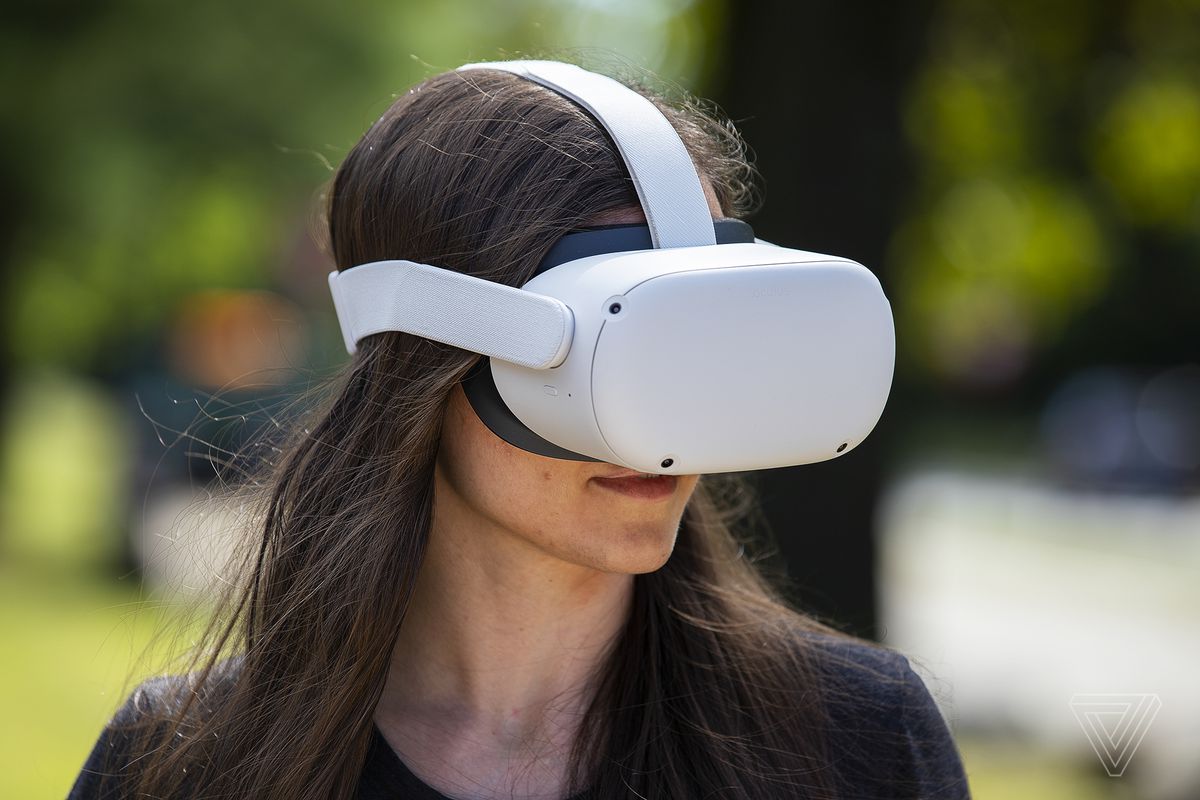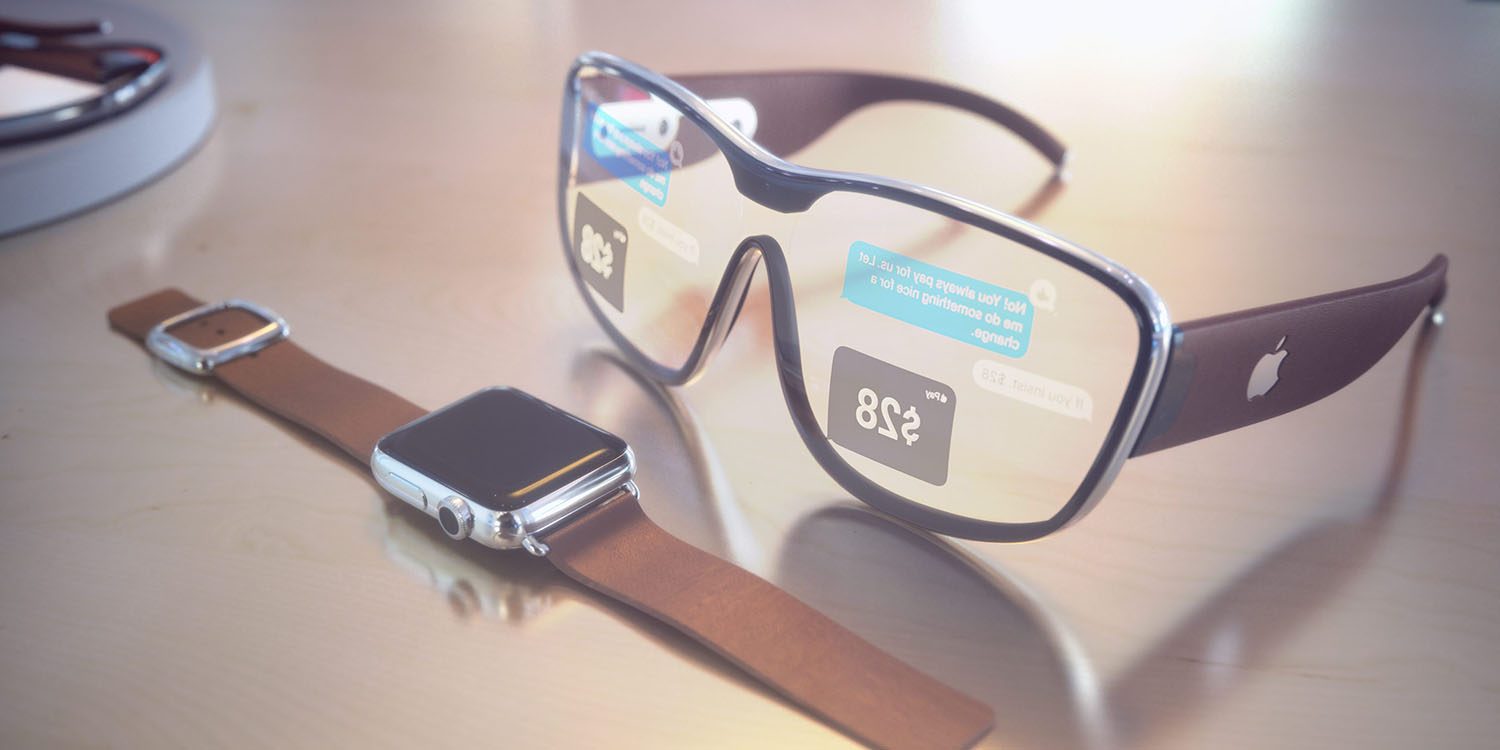When it comes to the awesome Apple’s MagSafe outside battery, it is a compact device. It would slightly double the thickness of your iPhone which is notably thinner than most third-party options we’ve seen to date.
The outside is a soft-touch plastic shell and thus far has held up well to fingerprints, dirt, and dust. Much better than Apple’s silicone cases do. Apple has, as it tends to do, kept things minimal. There are no buttons or controls whatsoever.
The only penetrations into the plastic are a pinhole LED that lets you know the battery status while plugged in and that Lightning port for charging.
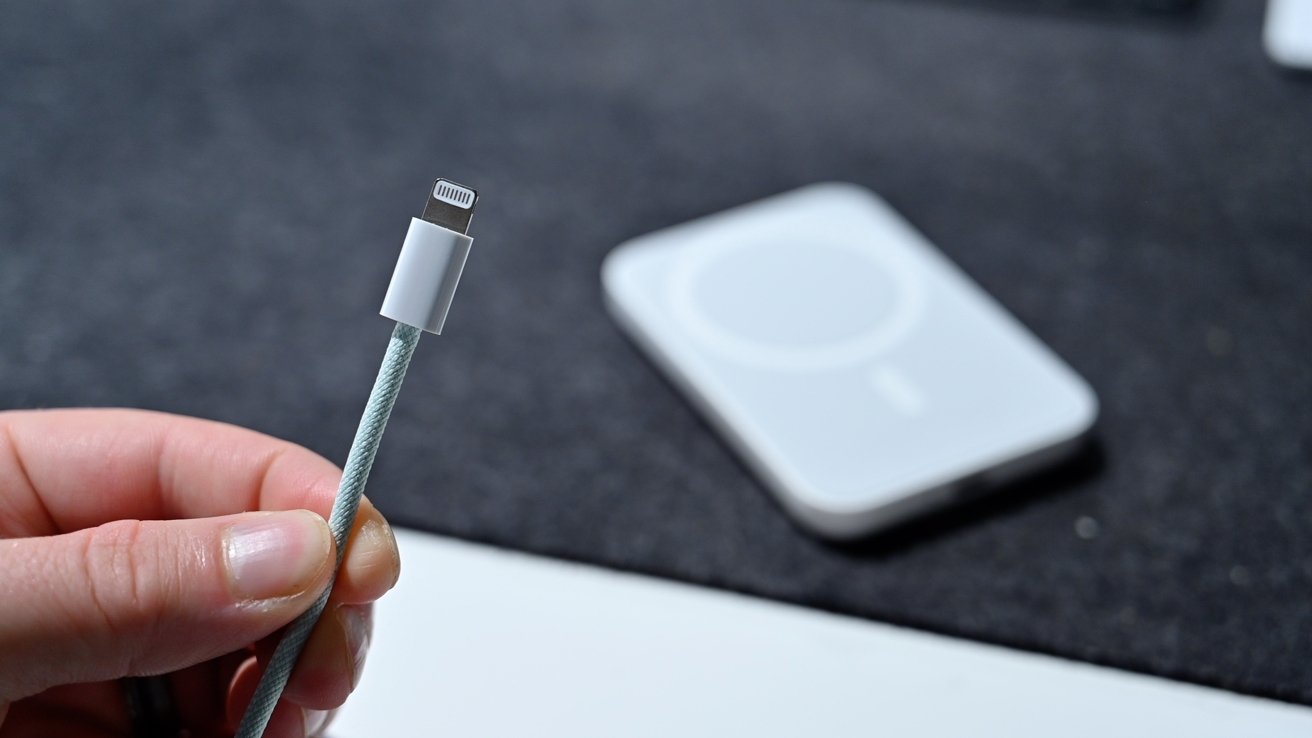
The charging side of the battery has a light grey rubberized pad to prevent slippage, recessed in the distinctive MagSafe shape. We’ve seen deformation of leather cases when connected with MagSafe — and Apple tells users to expect it.
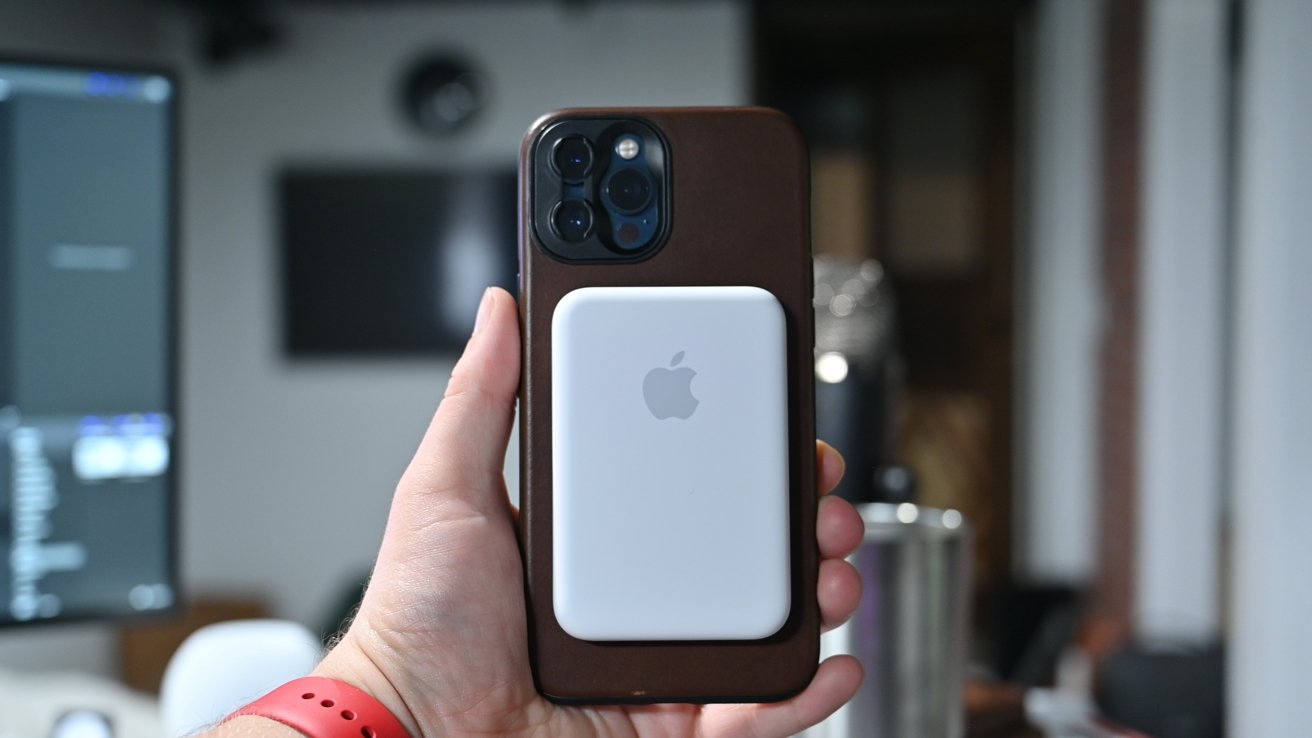
This back panel appears to be a stock Apple component or strictly regulated in the program Apple controls true Magsafe peripherals with. When compared to the only authorized third-party MagSafe mount from Belkin, there are no differences.
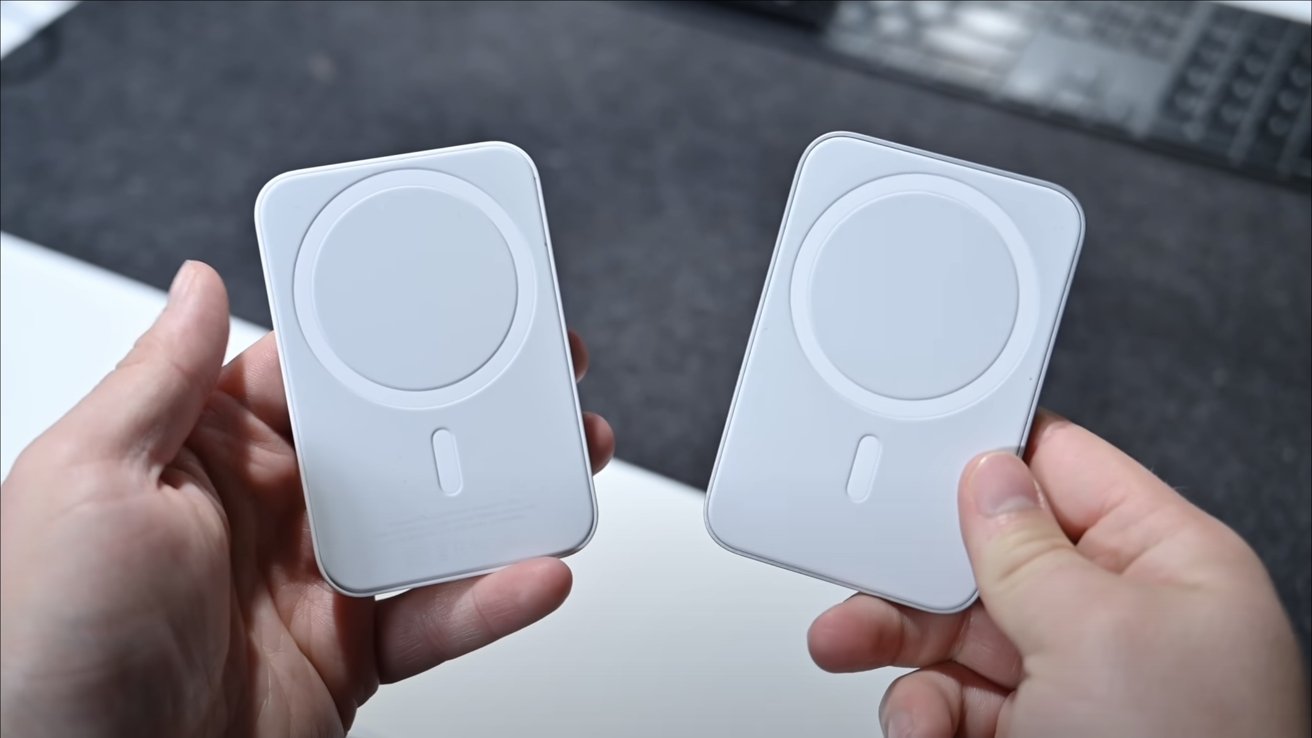
Combined, all of this delivers a click when you connect the battery to an iPhone. We assumed the click was either a design feature or issue when we reviewed the Belkin vent mount but now see that the cause must lie with Apple.
The great aspect we can describe it is that as you bring the magnets towards one another, the attraction causes an internal magnet to shift, hitting against the plastic surface and click. It doesn’t rattle, and you only hear it when putting the battery on, however with the folks we’ve spoken to about it, it can be off-putting.
We fancy the Apple’s minimalist nature here. You shouldn’t be required to think about a battery pack and certainly shouldn’t need to turn it on or off.
The magic of MagSafe means if you don’t need it, you can remove it. It charges when it needs to and is one less thing for you to worry about.
Integration with iOS
In order to spread any responsibility on your part in managing your battery, Apple has put in place tight integration with iOS. To fully support the battery, users need to have iOS 14.7 or later. Currently, beta users of iOS 15 don’t have full support, but we’re expecting it soon.
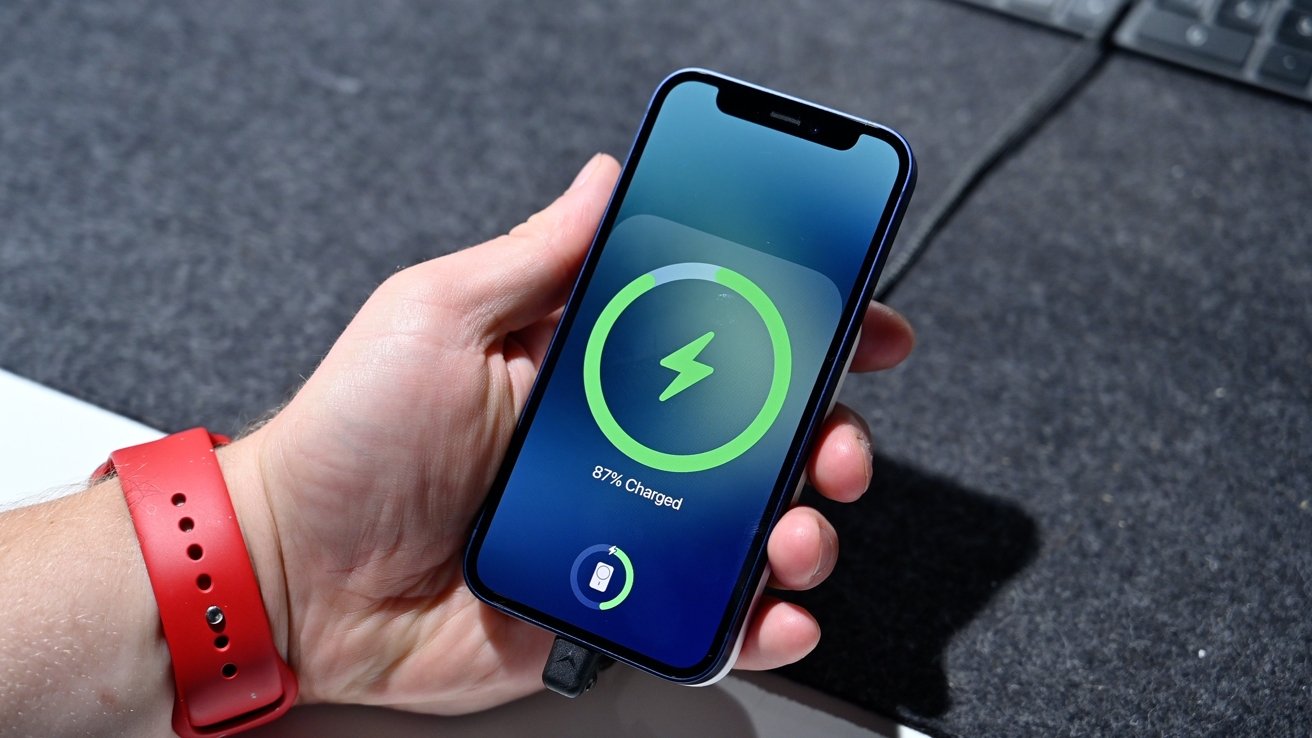
When you link the battery to your phone, a slick graphic appears on-screen that animates in. The center shows your iPhone’s battery percentage both in numerical fashion as well as graphically. Below that, and much smaller, is an animation displaying the battery pack’s battery.
Provided your iPhone is in low power mode, the circle will highlight in yellow rather than green.
Any time, you could also glance the battery’s remaining capacity with Apple’s battery widget on your Home Screen. The battery widget can also be Smart Stack so that it intelligently shows when your battery pack is connected.
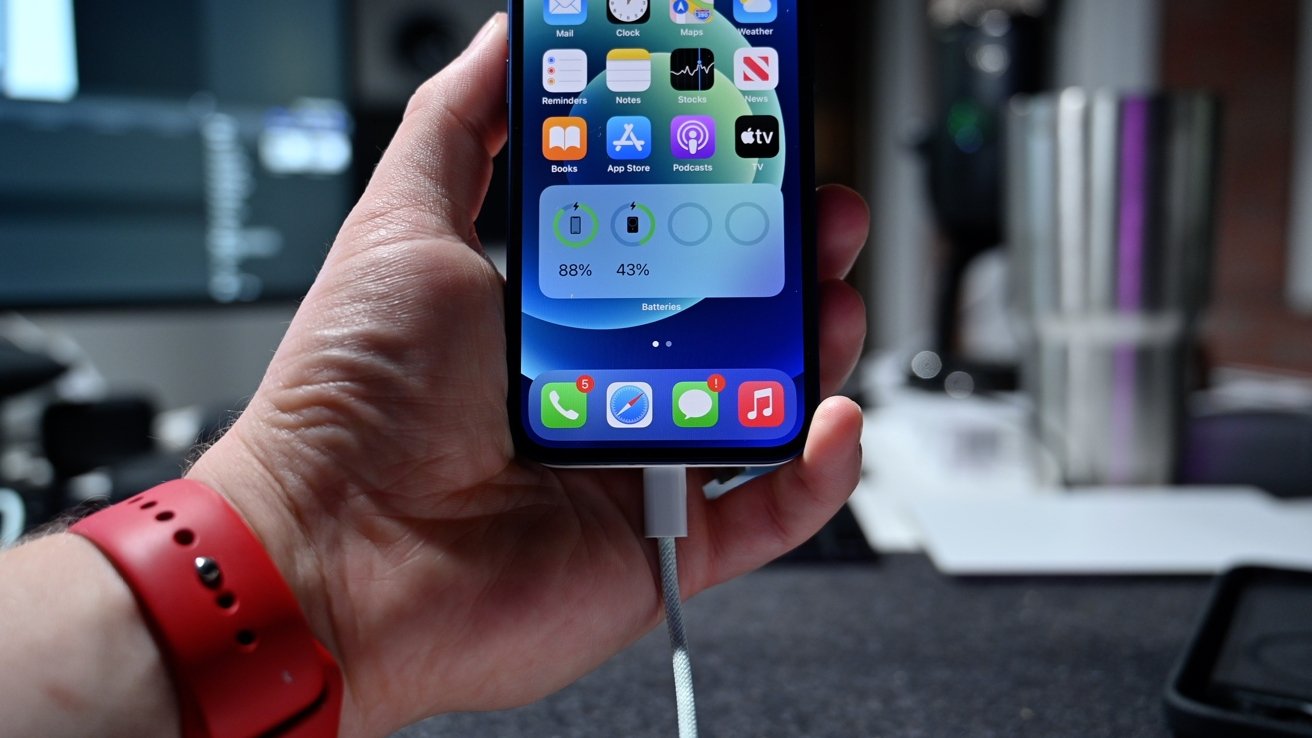
The battery is not eternal. Given the volume and capacity that it has, an iPhone battery’s overall life is generally measured in years. User behavior can cut this down, and Apple has taken steps to help with this, and minimize the accumulation of minor damages over time.
When the battery is connected to an iPhone, it will charge your iPhone up to 90 percent before stopping, using Apple’s smart battery charging algorithm. The final stretch from 90% to 100% takes a disproportionate toll on overall battery longevity versus the rest of the charge, so Apple keeps you topped off at 90% rather than letting your battery take the hit.
Capacity and charging speed
Apple isn’t exactly transparent about what it expects any user to see in real life when using the MagSafe Battery.
On the rear of the battery pack, we can see the posted capacity is 1640 mAh, with third-party models boasting 5,000 mAh. But as we discussed in depth, this isn’t a fair comparison — and this battery has much more capacity than it appears just based on a milliamp-hour rating, which doesn’t tell the whole story.
We charged up our iPhone 12 Pro Max from a dead battery and a fully charged MagSafe Battery. It has taken almost two hours on the dot for the battery pack to drain and charged our iPhone up to 53 percent.
Apple’s MagSafe Battery is not designed for multiple iPhone charges on one fully-powered battery pack. Like its predecessor, it’s designed for scenarios like those rare 18-hour workdays, when everything around you is on fire, and you need to eke out a few more hours from your iPhone when away from a wall socket.
